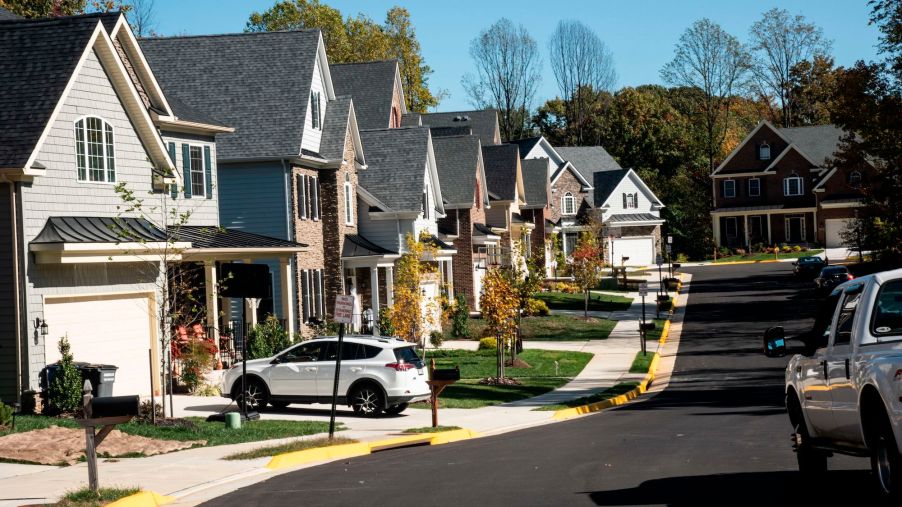
Rollaway Car Accidents Claim Nearly 150 Lives Every Year
Cars can be a lot of fun to drive in addition to being a necessity in our everyday lives. However, that pleasure can turn into a nightmare in an instant. That’s what nearly 150 families experience every year whenever an unfortunate rollaway accident occurs.
What happens in a rollaway car accident?

A rollaway car accident happens when a vehicle starts moving and the driver is unable to control it. There are a few different ways that a rollaway accident can occur, according to Duane King Law. Most newer vehicles are equipped with a brake transmission safety interlock (BTSI), which prevents the car from slipping out of park without the brake pedal depressed. However, this safety system isn’t 100-percent safe.
Here are other ways that rollaway car accidents occur:
- If the vehicle’s transmission is worn, it can slip into a forward or reverse gear
- The BTSI system could have a defective solenoid pin, which keeps the vehicle in “park”
- The transmission system could have a design flaw
- Unattended children can shift the car out of “park”
Rollaway accidents are more common than you might think
A story released by NBC News4 in Washington reported about a couple – Debra and Alan Moses — that was planning a trip to a water park. According to the police report and the attorney involved, the car rolled over Debra when her husband got out of the driver’s seat to help her with opening the trunk. The vehicle rolled back and ended up crushing her.
It’s such an unfortunate accident, but apparently, these types of accidents are more common than you might think. News4 did some digging and found many different stories and accompanying security camera footage of people getting run over by their own cars all over the country.
The National Highway Traffic Safety Administration (NHTSA) keeps track of these rollaway incidents. So far, it estimates that there are around 142 deaths and 2,000 injuries each year resulting from rollaway accidents. Although, that statistic could only be a fraction of the total number of rollaway accidents since not all of them are reported to the police.
Fortunately, one auto manufacturer is tracking these rollaway incidents. Toyota collects data from its vehicles’ control history, which is similar to a black box. In fact, Debra’s Moses’ accident was recorded on her vehicle’s log. The entry on August 22, 2020, states “Driver exited the vehicle when shift position wasn’t in P.” You might be thinking, “what’s the point of tracking the incident if they aren’t going to do anything about it?”
Actually, Toyota did do something about it. In a press release from 2019, Toyota announced that it would phase in an Automatic Park feature in its 2020 model year vehicles and going forward. This feature will automatically put the vehicle in park or activate the parking brake in the event the driver exits the vehicle without shifting it into “park.”
How to prevent a rollaway accident
Most rollaway accidents are avoidable. The following tips can assist in preventing one from occurring:
- Turn the engine of before leaving the car
- Always use the emergency brake when parking
- When parking on a hill, turn the front wheels toward the curb
- Never leave children unattended when they are in the car
- Never leave the keys in the vehicle
While rollaway accidents are serious and life-threatening, they can be easily avoided. Cars are a necessity in our everyday lives, but we must remember that they can take away lives in an instant as well.



